1,576 days, 2,409 entries ...
Newsticker, link list, time machine: HOLO.mg/stream logs emerging trajectories in art, science, technology, and culture––every day
“I can’t help you with your film because people just want a gay film or lesbian film, and this mixture of sexuality in your film is just not going anywhere.”
Dani Ploeger’s solo exhibition “Destructive Circuits” opens at V2_, Rotterdam, surveying works from his long-running research into the appropriation of everyday technology for homemade weaponry. According to the UN, so-called Improvised Explosive Devices (IEDs) kill thousands every year and profoundly impact security. Ploeger illuminates IED construction, their history, and links to globalized techno-consumerism and media politics with the display of trigger systems, timer devices, a sci-fi short, and an interactive sculpture that ‘blows up.’
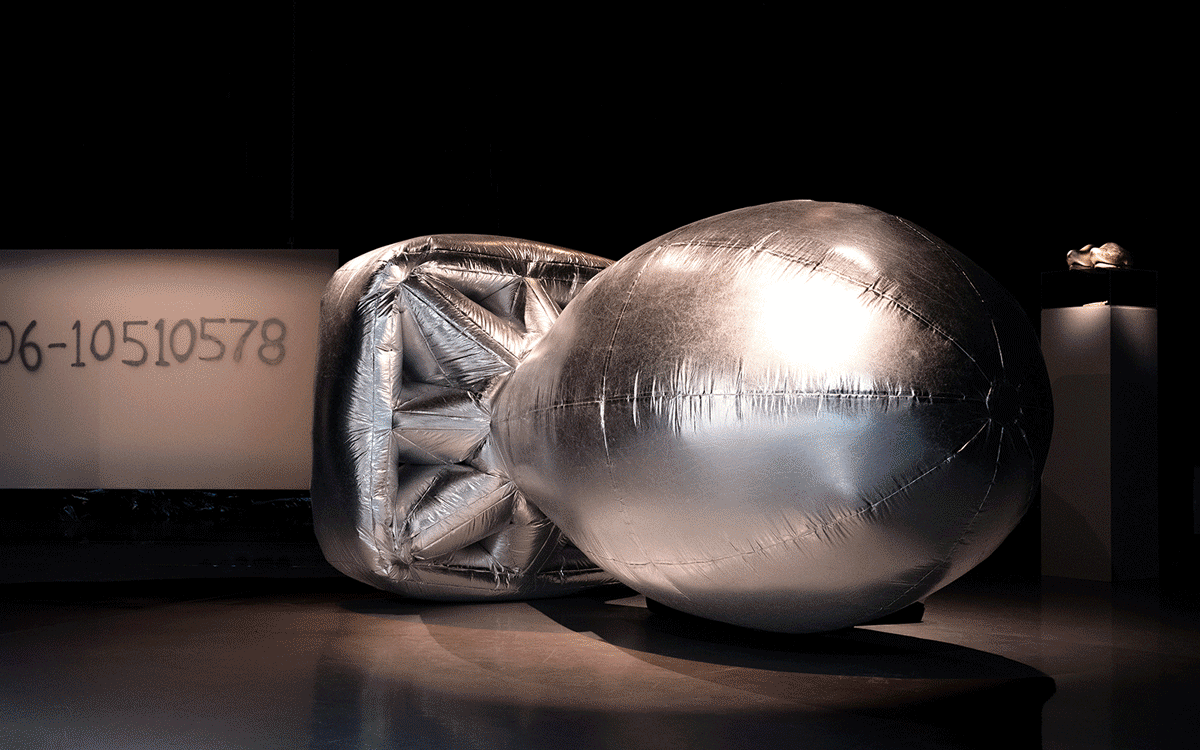
Gala Hernández López’s sci-fi documentary for here am i sitting in a tin can far above the world (2024) premieres at Berlinale. In the double-screen collage of YouTube videos, archival images, and 3D animations, the French artist-researcher and filmmaker explores the links between crypto culture and cryogenics as two speculative technologies that exploit the future. A key narrative figure: American extropian and cypherpunk Hal Finney, who, in a fictional future, implements societal biostasis for economic gain.
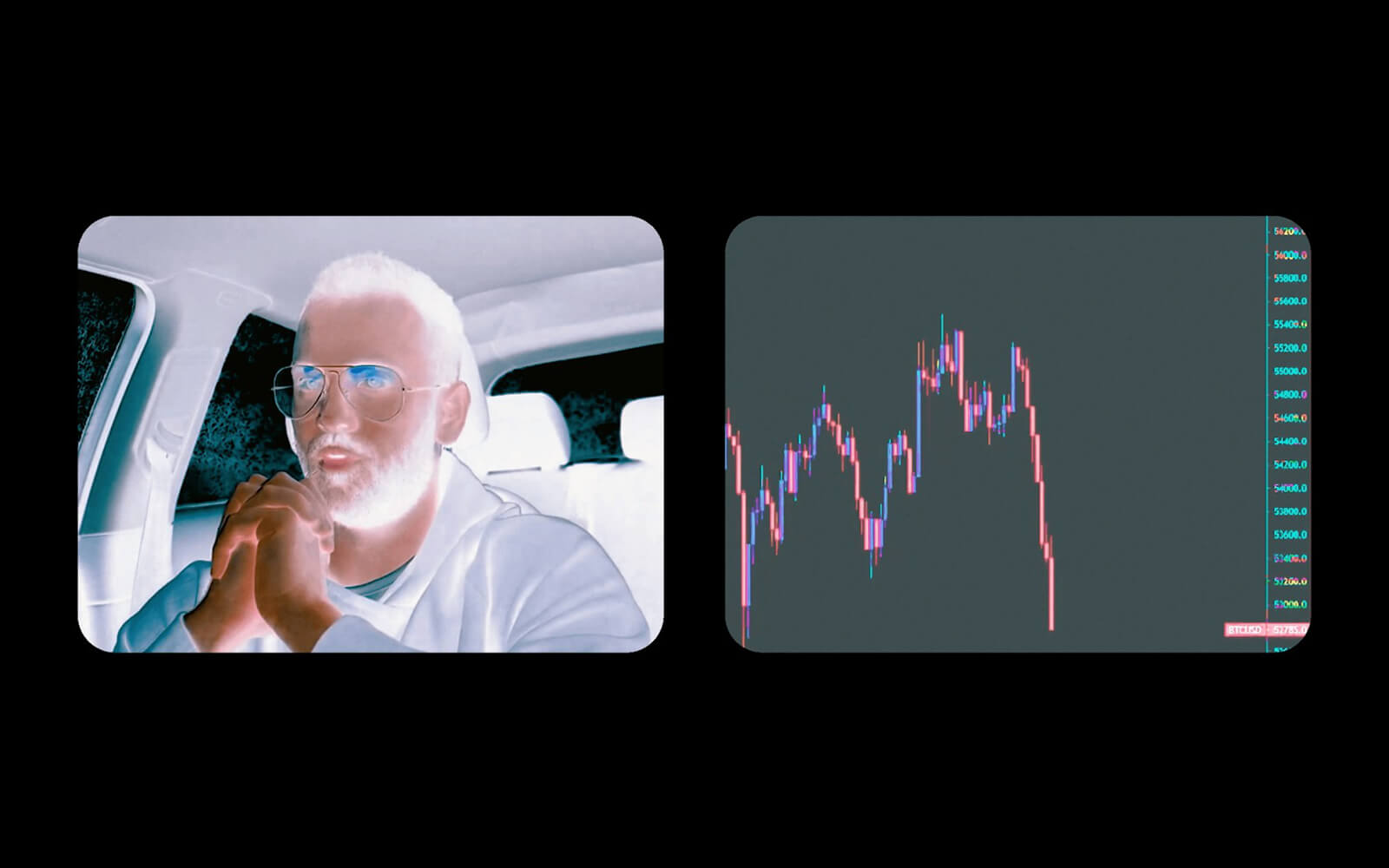
“We appear more like clouds, or atmospheres, or energy fields, and our meatiness fades into insignificance. Our breath forms chemical swirls drifting through multiple umwelten. Strands of you stretch for miles, caressing the nervous systems of innumerable lifeforms.”
“I thought that the way I had structured it was enough of an extrapolation that I wouldn’t have to deal with precisely the question you’re asking. And that has been obliterated in the last few years. That, to me, is terrifying.”
The first major solo exhibition in the LA-based filmmaker and speculative architect’s home country of Australia, “Liam Young: Planetary Redesign” opens at the National Gallery of Victoria (NGV) in Melbourne. The show surveys Young’s recent body of eco-critical works comprising CGI films, costumes, and photography that offer a “radically optimistic solution to the climate crisis.” In the film The Great Endeavor (2023), for example, Young depicts the successful mass mobilization for planet-scale decarbonization.
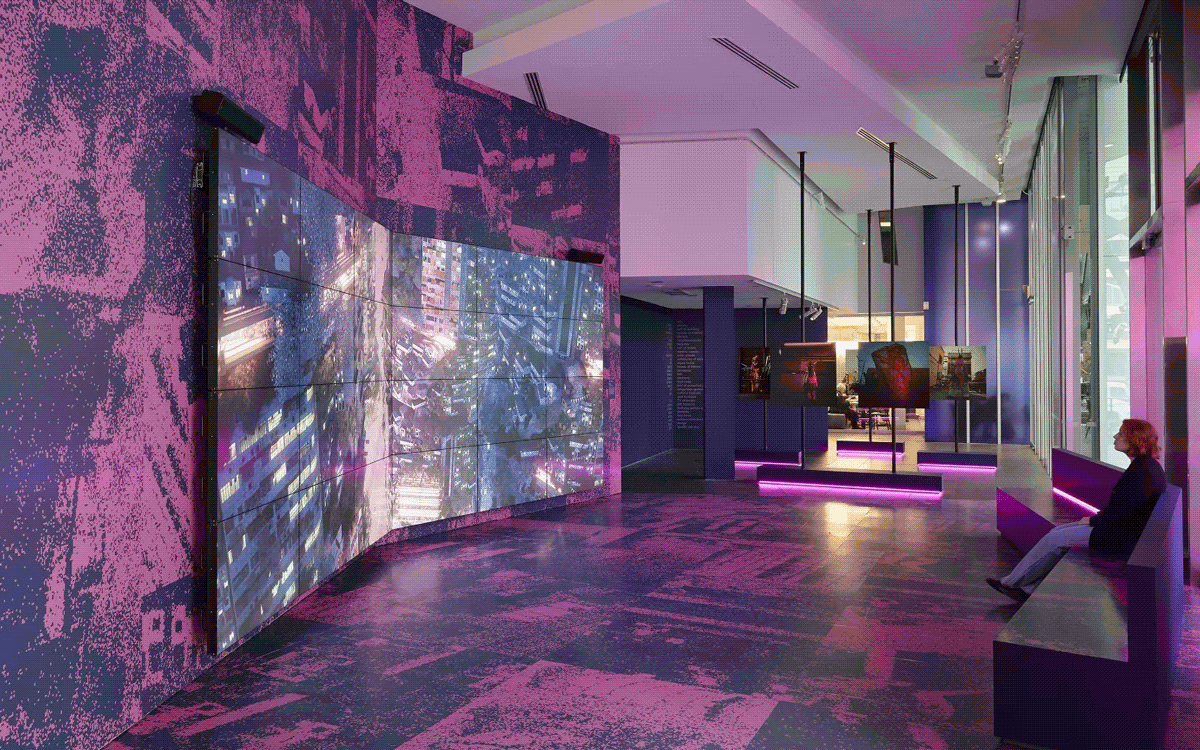
“Chasing the Devil to the Moon: Art Under Lunar Occupation Today” opens at Tallinn Art Hall (ES), constructing post-colonial cosmic imaginaries. Inspired by the 19th-century Estonian folk tale The Moon Painters, curator Corina L. Apostol presents six artists including Agate Tūna, Amélie Laurence Fortin, and Pau/a that explore social and political notions of “recolouring” the Moon. Fortin’s new CGI video The Blue Moon Project (2023, image), for example, offers a utopian vision of sustainable (blue) energy.
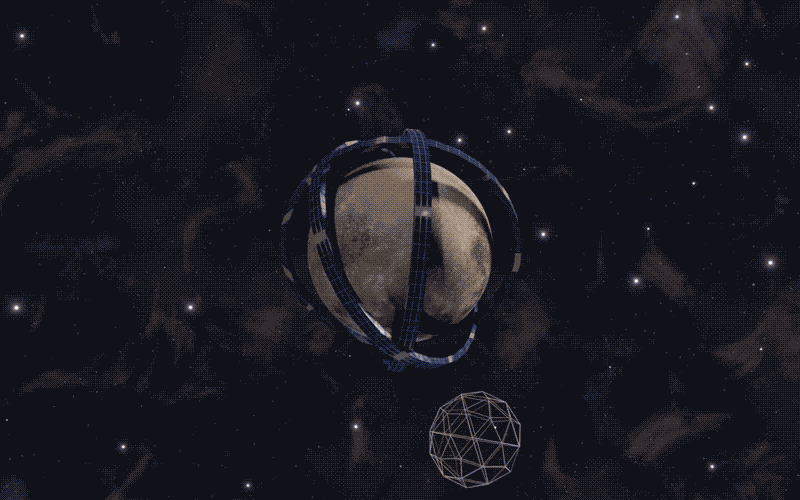
“History is not on rails—it’s got a steering wheel. And we can grab it, and we can yank it.”
Australian architect and filmmaker Liam Young premieres a new docu-fiction installation, The Great Endeavor (2023), at this year’s Venice Biennale. The piece offers glimpses of a longer forthcoming film that approaches planetary-scale carbon sequestration with radical optimism. Young and consulting scientist Holly Jean Buck turn humanity’s largest engineering project into an infrastructural imaginary, “chronicling the coordinated action to decolonise the atmosphere in our last great act of planetary transformation.”
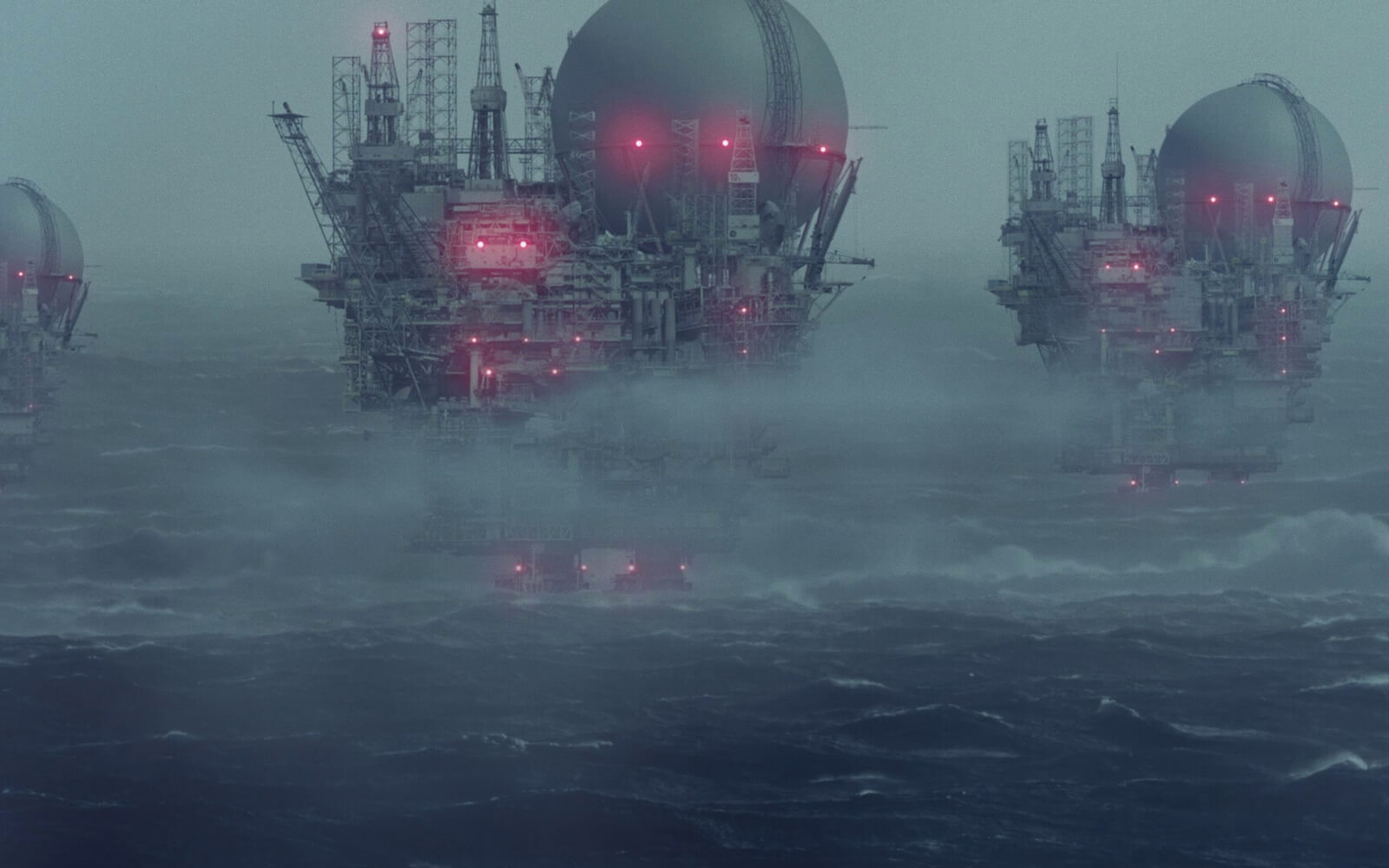
“This is our generation’s moon landing, a mobilization of workers and resources on a planetary scale that would only be possible through international cooperation to an extent never achieved.”
“Back to Earth: Contested Histories of Outer Space Travel” opens at New York’s Canal Projects. Nuotama Bodomo, Zahy Tentehar, and Alice dos Reis contribute to a film program that counters colonial space narratives (conquest, mining, tourism, etc.) with intersectional perspectives. Subash Thebe Limbu’s film Ningwasum (2021, image), for example, is a sci-fi film about a trio of Indigenous time travellers, from a future where Yakthung “knowledge, culture, ethics, and storytelling are still intact.”
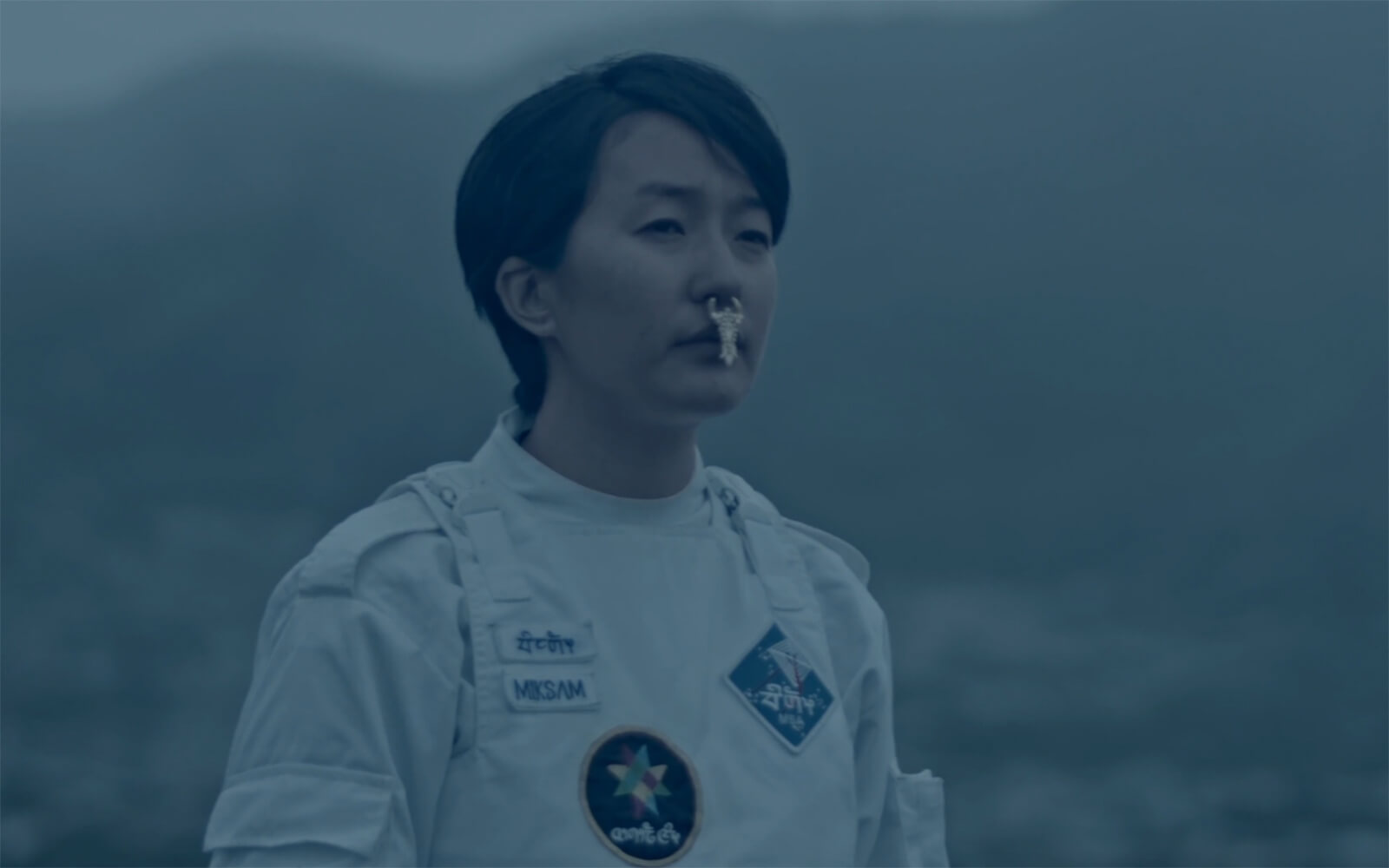
Cory Doctorow
Red Team Blues
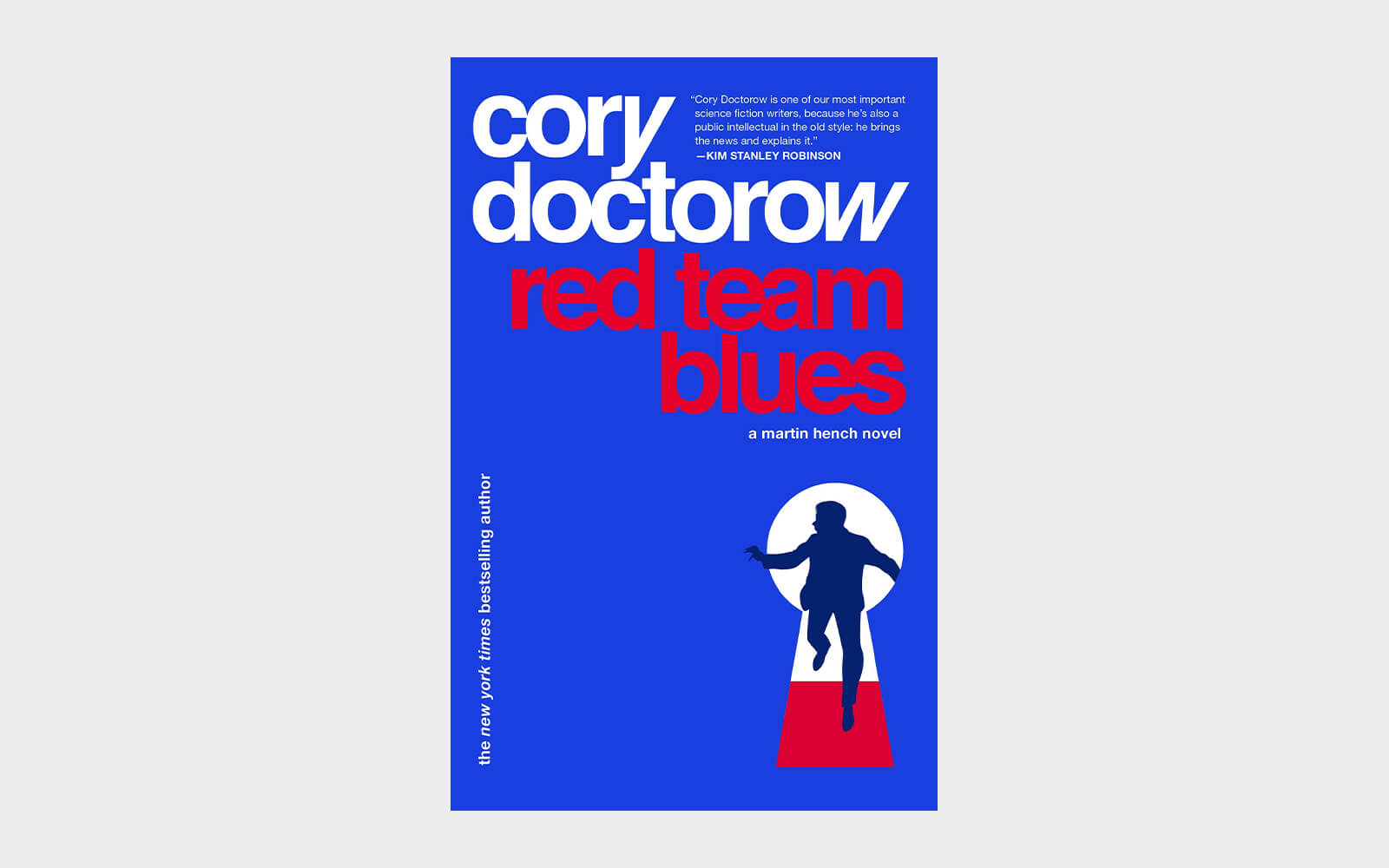
Basel’s House of Electronic Arts (HEK) premieres new works by Pe Lang, Johanna Bruckner, and Jennifer Merlyn Scherler—three Swiss media artists and winners of the 2022 Pax Art Awards—in parallel solo exhibitions. Veteran Lang translated a scene from his forthcoming sci-fi novel into a kinetic light installation, whereas emerging talents Bruckner and Scherler authored CGI video and sculptural works that explore techno-bodies (image: Body Obfuscations, 2023) and climate anxiety.
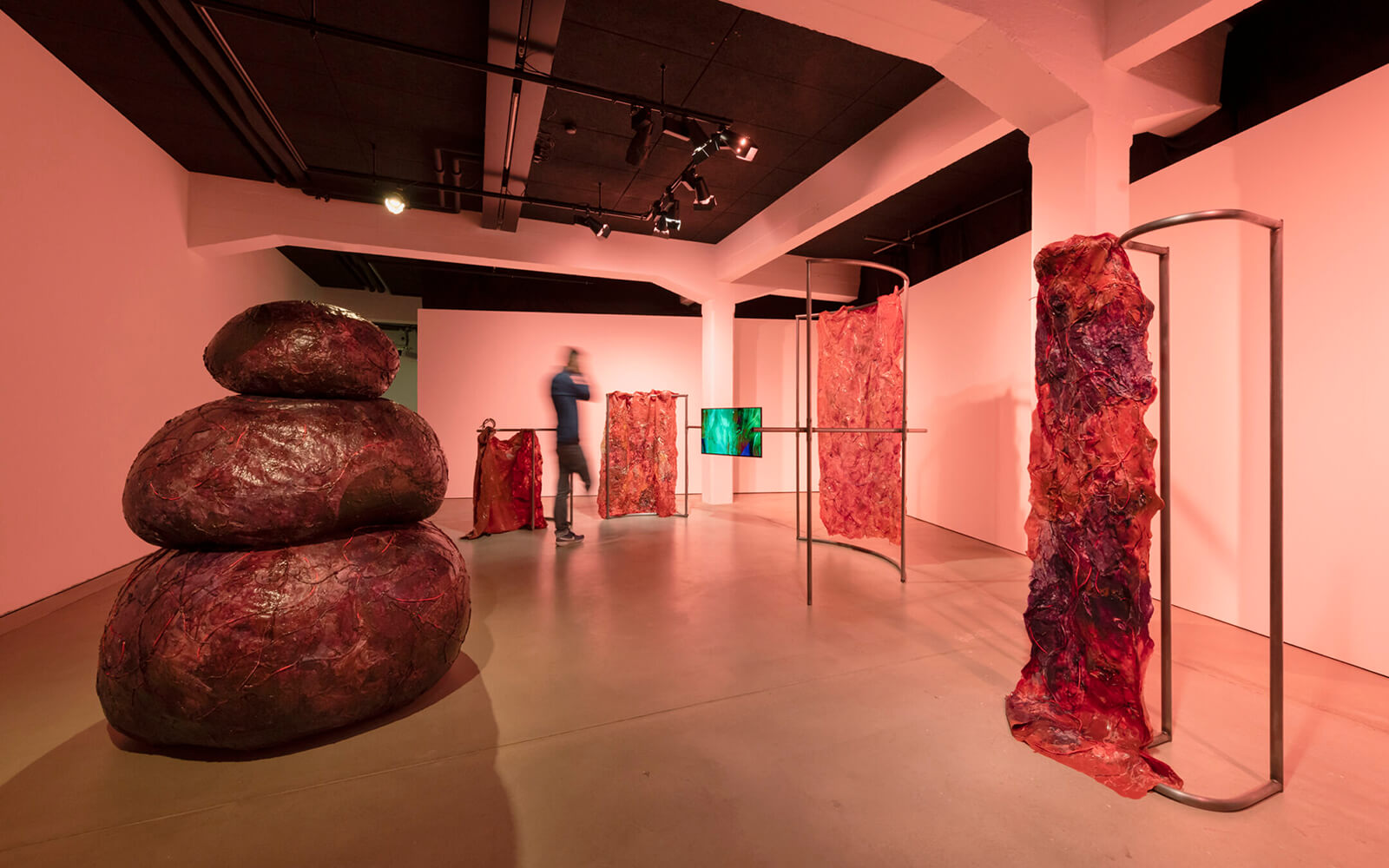
“I’m hoping we can move away from this single-minded effort to financialize everything and start trying to develop a more diverse economy that, by virtue of diversity, would be a more stable economy.”
“You can see that there’s a genealogy here that results in a TikTok-dancing murder robot named M3GAN. This is fundamentally some old, old stuff.”
Buozyte & Samper (dirs.)
Vesper
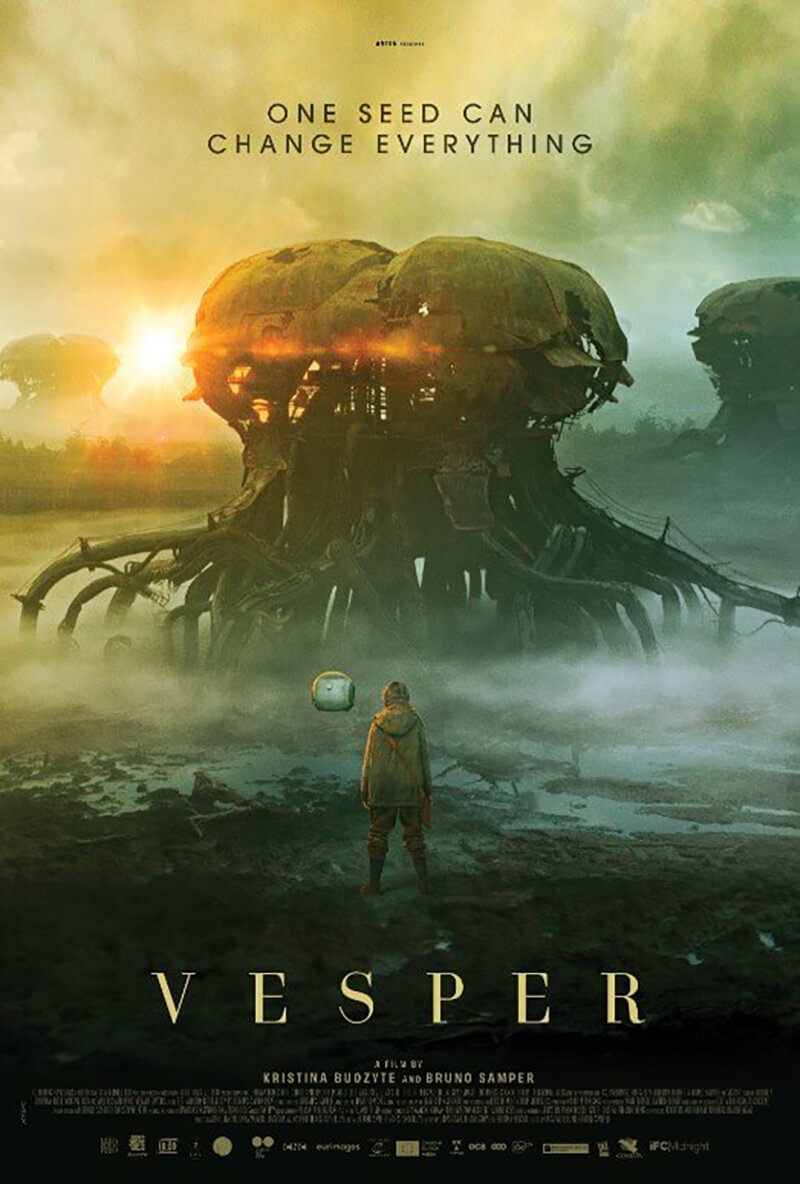
Setting the stage for this year’s FIBER Festival (June 16-19), “Mutation” opens at Dokzaal, Amsterdam. The exhibition is part of FIBER’s two-year focus on more-than-human realities in times of radical planetary transformation. Works by Xandra van der Eijk, Flora Reznik, The Institute of Queer Ecology, Alice Bucknell (image: The Martian Word for World is Mother, 2022) and others reveal a new—mutating—“understanding of relations between humans, nature, and technology.”
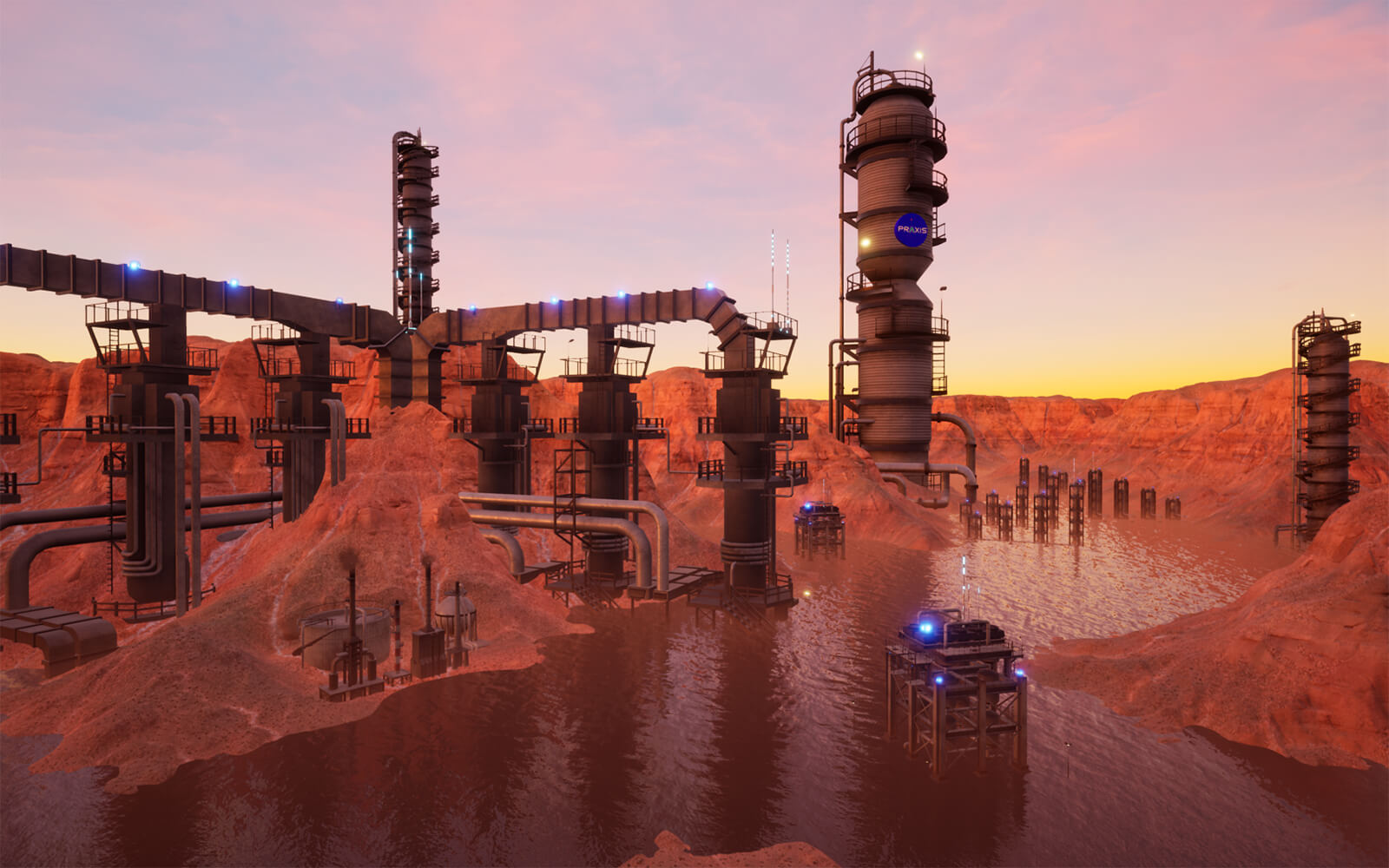
David Cronenberg
Crimes of the Future
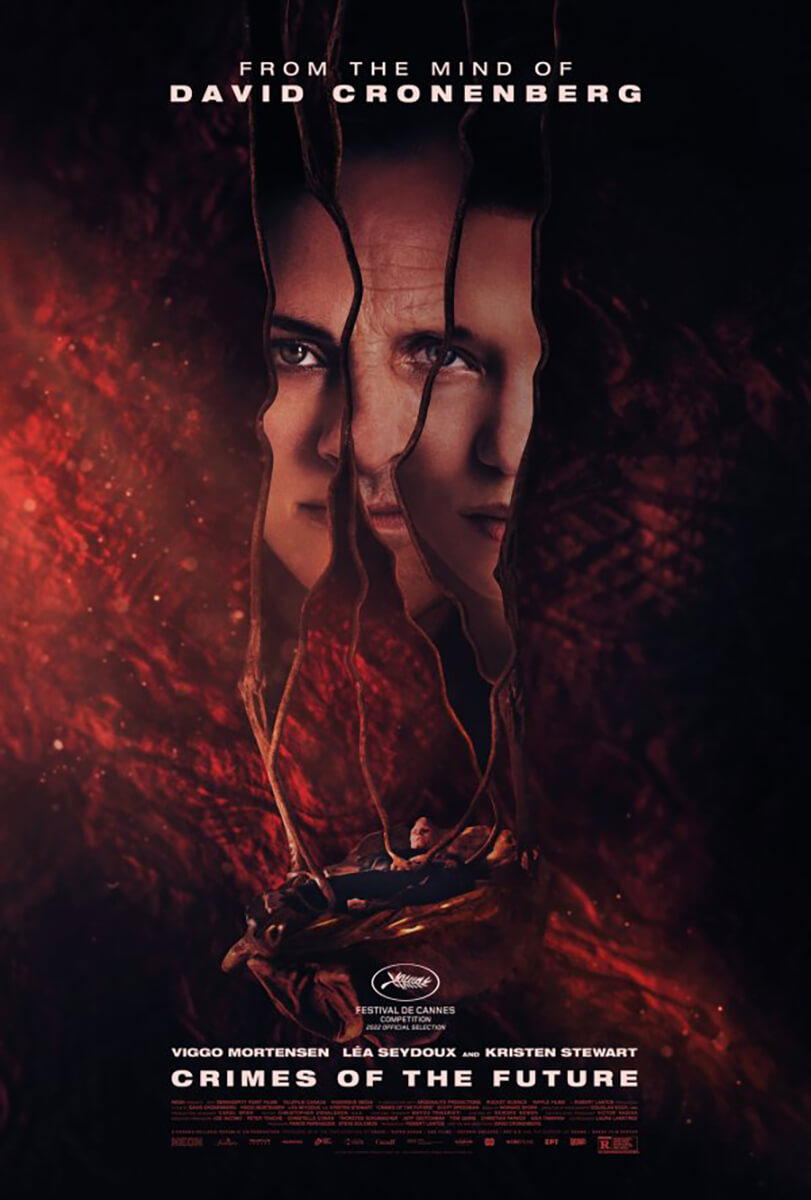
An excavation of the legacy of sci-fi author Octavia E. Butler, American Artist’s solo exhibition “Shaper of God” opens at REDCAT in downtown Los Angeles. Both spent their formative years in the Pasadena region, which the artist translates into ruminations on “technology, race, surveillance, identity, and place” that map Southern California sites inspired by Butler’s novels and life: To Acorn (1984) (2022), for example, is a sculpture resembling the city bus stops that Butler would have waited at.

Daily discoveries at the nexus of art, science, technology, and culture: Get full access by becoming a HOLO Reader!
- Perspective: research, long-form analysis, and critical commentary
- Encounters: in-depth artist profiles and studio visits of pioneers and key innovators
- Stream: a timeline and news archive with 1,200+ entries and counting
- Edition: HOLO’s annual collector’s edition that captures the calendar year in print
